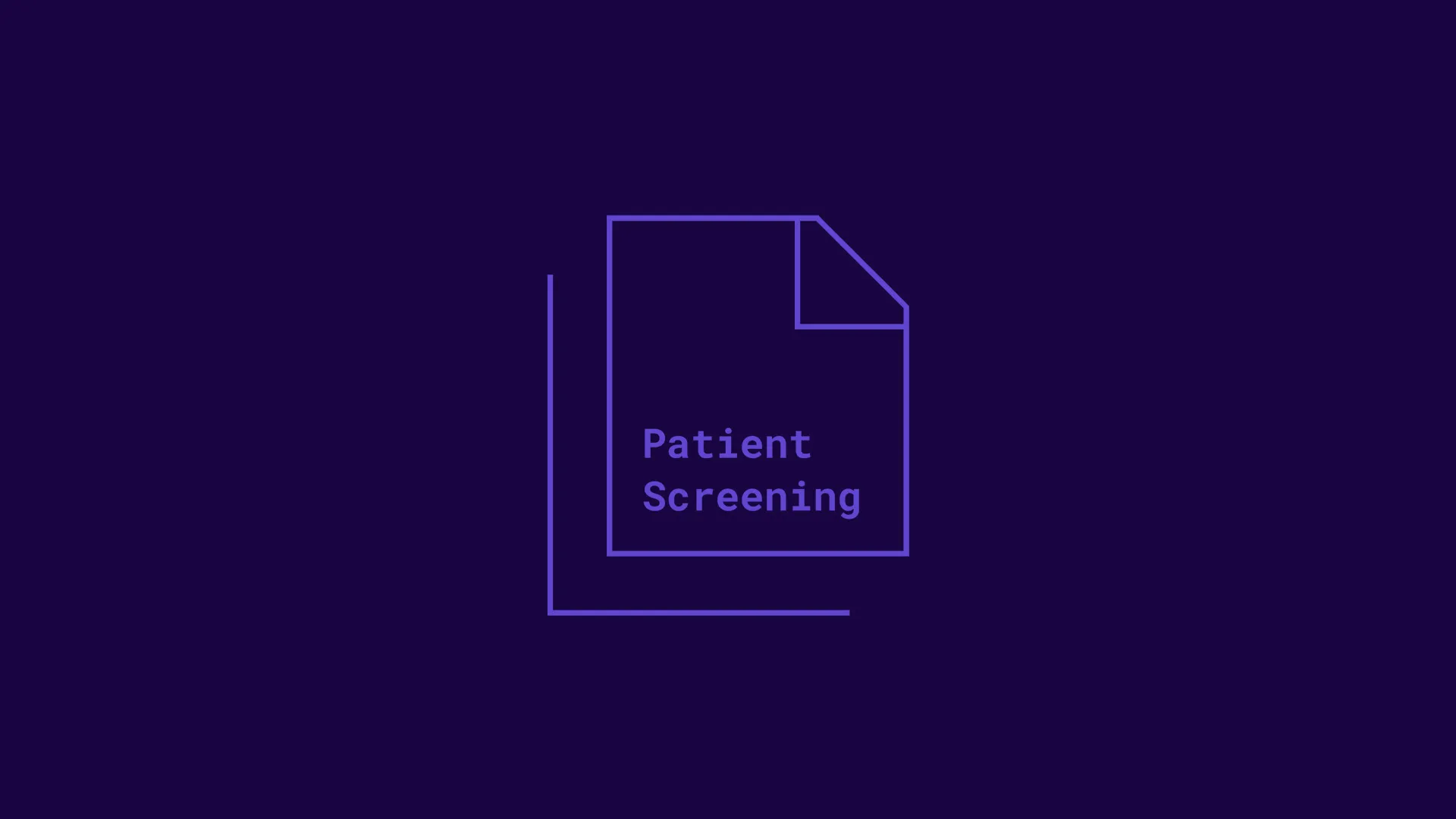Guides


Vertical vs. horizontal: Why your Agentic AI should be built by clinical experts in life sciences
By now, most people are familiar with ChatGPT and other general-purpose AI tools such as Perplexity. These horizontal AI systems have become commonplace, assisting users with tasks like composing emails, summarizing information, or generating creative ideas. Their adaptability across a wide range of domains demonstrates the power of general intelligence and transfer learning.
However, in the high-stakes and highly regulated context of life sciences, it is important to ask whether such tools are suitable for clinical use. In this setting, a vertical agentic AI approach—purpose-built for specific domains—provides the precision, reliability, and compliance necessary for success. While both horizontal and vertical agentic AI play essential roles in the broader evolution of intelligent systems, it is the vertical approach that ensures the rigor and accountability demanded by life sciences applications.


Back to basics: What are wearables and how are they powering patient diversity and efficiency in eCOA
Mobile health technology, like medical-grade wearabledevices, can transform patient monitoring by enabling the collection of newtypes of data and better accuracy of patient responses. This tech can increaseaccessibility of trials for patients and even increase diversity and reducepatient burden by removing geographical and travel barriers.
As a result of these myriad benefits, we’ve seen theincreasing inclusion and acceptance of wearable devices throughout clinicaltrials. Here, we’ll dive into the specifics of these helpful tools and theirimpact on the future of medicine.


Back to basics: What are electronic clinical outcome assessments (COAs/eCOAs)?
COAs (called eCOAs when captured electronically) are essential to understanding whether a drug is reducing symptoms, improving patients’ quality of life, and improving patients’ ability to perform activities they care about. COAs enable a well-rounded understanding of how a drug is working, its side effects, its impact on patients’ lives, and more. Perhaps most notably, PROs/ePROs allow for the patient’s voice to be heard. Capturing the patient’s voice is particularly important because the clinician may not always see or express the patient’s experience in the same way.


Back to basics: What is electronic informed consent (eConsent)
While informed consent form (ICF) signatures traditionally have been collected on paper at a physical site, today’s digital approach — electronic consent (eConsent) — offers more than high-tech signature collection. It provides an upgrade to patient education and communication as well, empowering participants in new ways. Moreover, eConsent can democratize clinical trial access, allowing researchers to recruit broader and more diverse participant groups through entirely remote consenting processes. This broader and less burdensome access also can increase the speed of recruitment and reduce drop-out rates.


Back to basics: What is patient screening?
Patient screening, a vital step in the clinical trial recruitment process, is when interested participants are assessed for their eligibility for a given trial using select inclusion/exclusion criteria. These criteria help characterize the target patient profile to ensure patient safety, better efficacy, and optimized signal detection.
Traditionally, patient screening was done in person at a clinical trial site. Due to the current digital revolution in healthcare, which has recently accelerated in response to global health events, the ability to use cloud-based software and digital qualification steps to optimize patient screening and enrollment brings innovation, convenience, and sophistication to this process.


Back to Basics: What is clinical trial recruitment?
Patient recruitment is one of the most critical elements of a clinical trial. Without sufficient participation, studies will lack the power to demonstrate the statistical significance and efficacy of new treatments. Ultimately, poor patient enrollment will delay or prevent new therapies from reaching the market. Not only do such delays cost millions of dollars, but they also deprive patients of effective, potentially life-changing treatments.


Back to Basics: What is a decentralized clinical trial?
In a decentralized clinical trial, part or all of the protocol occurs away from the primary study site. Instead of patients traveling, often repeatedly, to a central site for enrollment, consent, data collection or symptom monitoring, they can participate in telehealth visits from their homes, often using familiar technologies, like smartphones, tablets and wearables to transmit pertinent information. Even medications and devices can increasingly be delivered directly to a patient’s home, and a home visit from a health care professional can be arranged if necessary.


Back to basics: How digital and decentralized clinical trials enable trial diversity
The advancement of decentralized clinical trials (DCTs) allows patients to participate without having to travel to a trial site, removing many barriers that may have hindered people of diverse backgrounds from participating.


Back to basics: How hybrid and decentralized technologies impact each phase of the clinical research journey
Clinical trials require volunteers to assess medical products like devices, vaccines, or medications for efficacy and safety. For health equity to be achieved, it’s imperative that clinical trials include people from diverse backgrounds so as to represent the global population of patients using the products.


Back to Basics: Remote patient monitoring
Remote patient monitoring programs and technologies are becoming increasingly popular, backed by growing clinical evidence showing numerous benefits to patients and providers. While remote patient monitoring (RPM) isn’t new, it’s evolving quickly due to the regulatory push to expand access to care during the COVID-19 pandemic. Coupled with the fact that the digital health market is poised to more than double by 2026, providers and patients have a greater ability to track vitals between visits, and both centralized and decentralized clinical trials rely on remote data collection now more than ever. While there is tremendous potential upside, some barriers and risks are inherent in this digital process. Human-centered design and strategic implementation can ensure that RPM in clinical trials is both beneficial and cost effective.



.webp)

